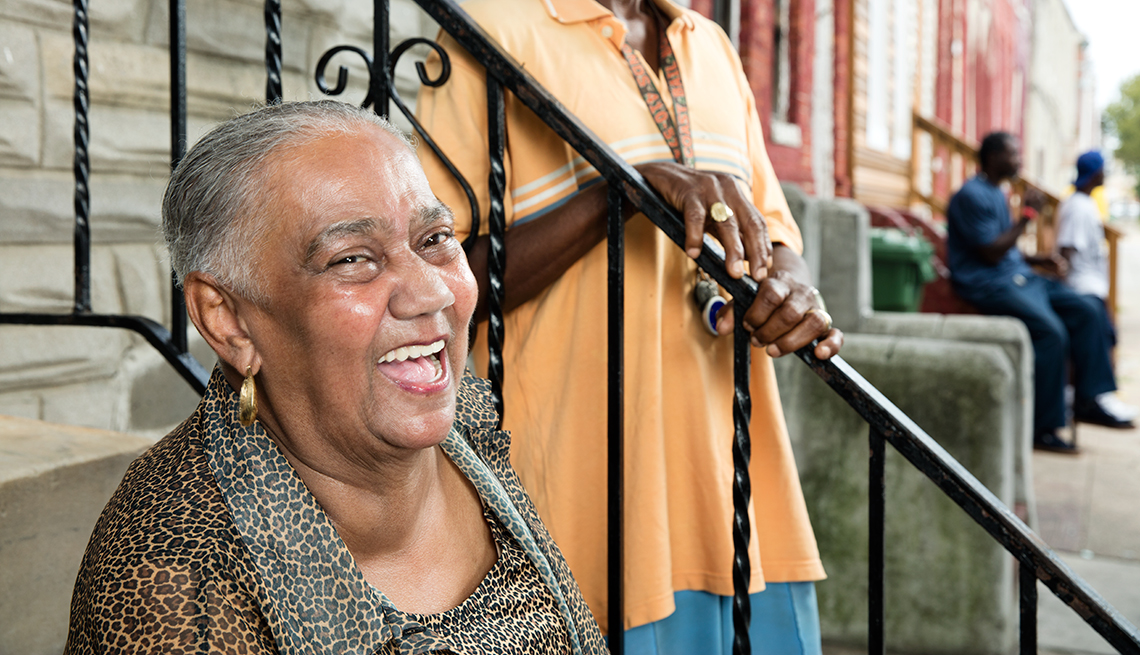
Where Your Home is Your Retirement Home
- Select a language for the TTS:
- UK English Female
- UK English Male
- US English Female
- US English Male
- Australian Female
- Australian Male
- Language selected: (auto detect) - EN
Play all audios:
Facebook Twitter LinkedIn
ON THIS PALM SUNDAY morning, Alethea Booze looks a little tired.
She's got good reason. She was up at 2 a.m. to stuff the turkey and shove it into the oven, start one pot of collard greens with smoked turkey and another of sauerkraut.
Now, at 10 a.m., chicken is frying and potatoes await mashing as Booze and her next-door neighbor, Robin Floyd, lay out large enamelware pots and old aluminum pans full of food on the
kitchen table.
This is a weekly event that started decades ago. Booze, 72, has continued it since her mother, Elizabeth, died in 2004. What started as a post-church meal for her family grew into a
neighborhood ritual that can feed two dozen.
Online Community: Join the Conversation - Where do you want to live in retirement?
Staying PutTown: Baltimore, MarylandPopulation: 620,000Median age: 34.6 yearsMedian home price:$116,811
Few health clinics or primary care doctors are located nearby. The closest pharmacy is a CVS that was firebombed and looted last year during the wave of protests and unrest following the
death in police custody of Freddie Gray; it was closed for almost a year. Sandtown residents have some of the highest rates of diabetes, mental illness, injuries and poisonings in the city,
and they're more likely to be hospitalized with serious illnesses than residents in any other part of the city. Hospital readmission rates in the city are at their highest in the two West
Baltimore hospitals that serve them.
'She knows how to get things done'But to Booze, who lives on Social Security and the pension she earned by staying at her job for 40 years, this embattled neighborhood is the only home she's ever known. She grew up in one of
four houses her parents purchased around World War II, moving from one of them to another across the street, where she lives now.